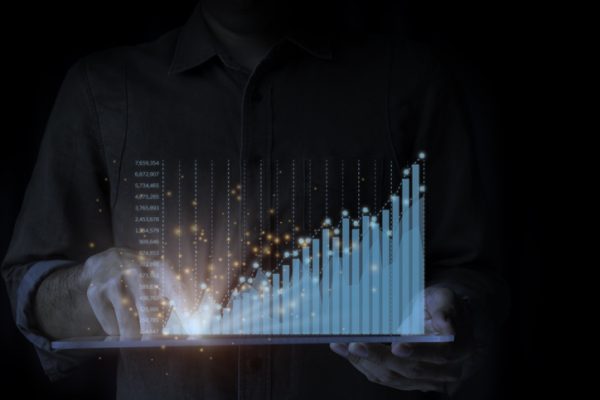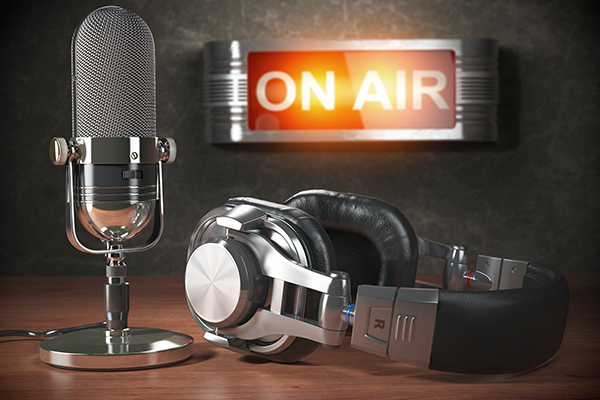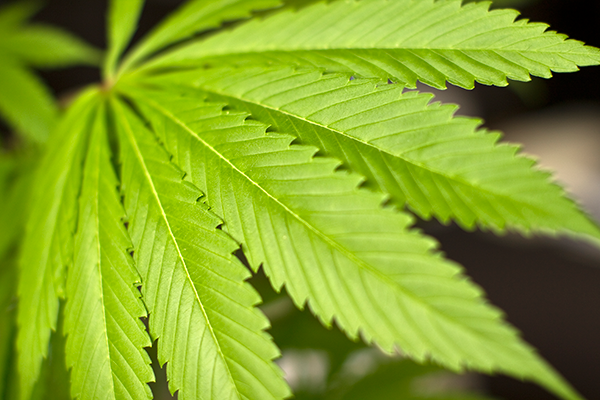
Contributor: Todd Kalman, Senior Vice President of Sales, Marketron
In the past, we’ve written about the merits of digital vs. traditional radio advertising tactics and how they can complement each other to accelerate revenues. But let’s be honest: it really doesn’t matter how the message gets into the marketplace. What matters is that the target consumer – the people with the power to make the cash register ring – will hear or see the message and act.
Advertising is a complex business, but it really boils down to two key objectives: getting people to do something or getting people to believe something. Engendering belief gets into the realm of pure branding campaigns, which can be cost-prohibitive and might not be practical for many local businesses. Therefore, our focus here is on ads with a specific call to action.
(Side note: Enough call-to-action advertising, done right and yielding solid results, might reinforce a brand by solidifying consumers’ beliefs about the company.)
It’s all about the key marketing objective.
Fleshing out the ultimate objective of the campaign is the critical starting point, and it’s a joint effort that leverages both the expertise of the radio sales rep and the first-hand business understanding of the marketer or business owner.
Take the example of a store that specializes in baby and children’s products. The shop is looking to boost sales and earn manufacturer’s incentives for its line of youth beds and mattresses. Working together, the sales rep and the store owner create a key marketing objective: How might we get a minimum of 30 high income ($75K+/yr) single parents/couples (A25-35), with children who are outgrowing their cribs, to purchase a youth bed during the month of October? An important element here is a key performance indicator (KPI); in other words, the target sales metric. The KPI is the magic number that will make everyone throw the proverbial party in honor of a successful campaign. In this example, the KPI for this shop is to sell 30 additional mattresses in October.
The Right Mix of Tactics
With the key marketing objective in place, the next step is to identify the mix of tactics that will hit that KPI. As we’ve said, the goal is to get consumers to act. You can walk down Main Street wearing a sandwich board, and if that’s what it takes to sell 30 additional mattresses, the campaign is a success. But a sandwich board probably won’t work for a business that caters to a narrower group of customers, such as an upscale baby products store.
By its very nature, radio casts a very wide net (hence the term “broadcast”). Chances are good that target consumers defined by the key marketing objective — higher-income parents 25 to 35 years old with children who are outgrowing their cribs — will be listening as they commute to and from work. These parents might represent a small fraction of the total drive-time audience, but since you’ve carefully narrowed down the key marketing objective, getting even a subset of very interested listeners to act might be all that’s needed to hit that magic number of 30 additional mattress sales during the month of October.
Integrating some digital advertising can supercharge the broadcast campaign and ensure that that subset will make the trip into the shop or make an online purchase. With digital, likely buyers can be targeted very specifically based on factors such as shopping history, web browsing history, location, age and gender. Maybe those target customers are now at work and sitting at their desks, browsing the internet as they have their first cup of coffee. If they already heard about the sale while driving in their cars, a digital display ad or pop-up video might be all it takes for them to click through to the store’s website and make an online purchase.
An Evolving Strategy
With any ongoing campaign, it’s important to revisit the key marketing objective regularly and recalibrate it as needed to fit season changes and other market factors. A bicycle shop marketing to bike commuters, for instance, could shift to promoting fat-tire bikes as fall turns into winter and the snow starts to fall. Did the initial campaign month deliver the promised results? If not, maybe it’s time to refresh the copy and fine-tune the messaging or revisit the original sales goal.
This ongoing, strategic management of the campaign is why it’s so important for advertisers to be strongly allied with their sales reps. In fact, radio sales professionals are some of the best-trained media consultants out there, and they’re well-versed in campaigns that successfully leverage both traditional and digital tactics. Plus, sales reps have the vantage point of the station’s unique position in the community and long, proven track record of success for their customers.










 Author: Annette Malave, SVP/Insights, RAB
Author: Annette Malave, SVP/Insights, RAB









